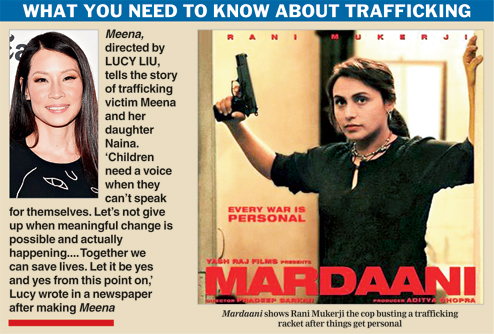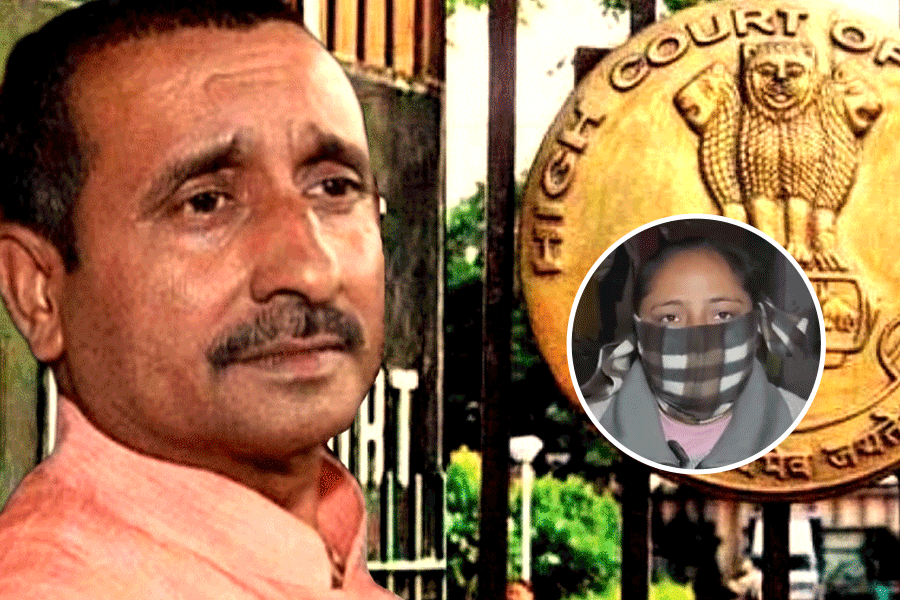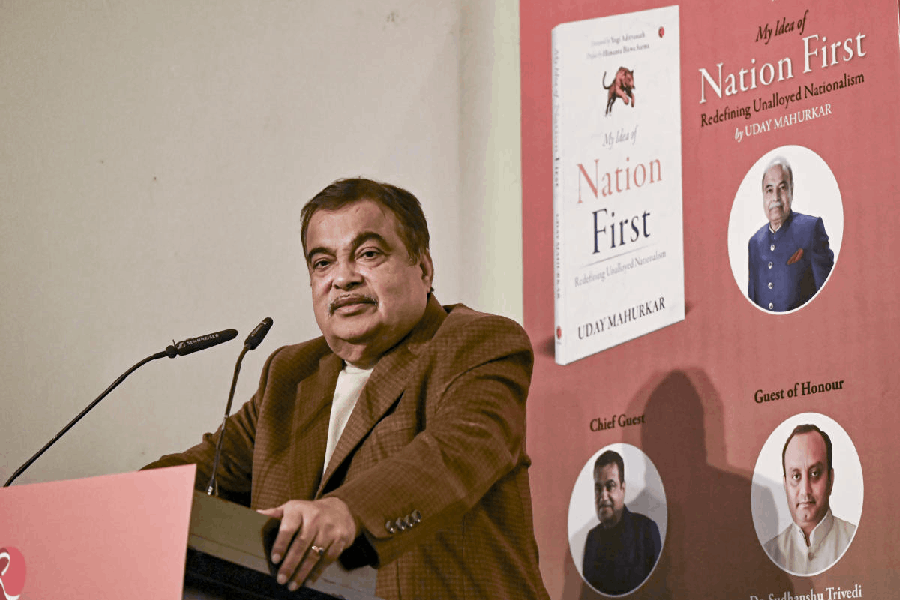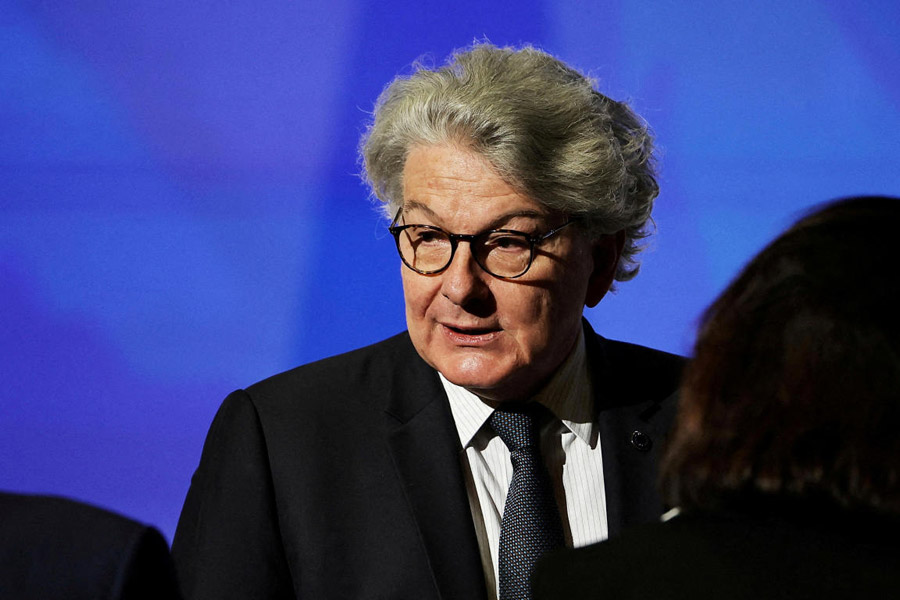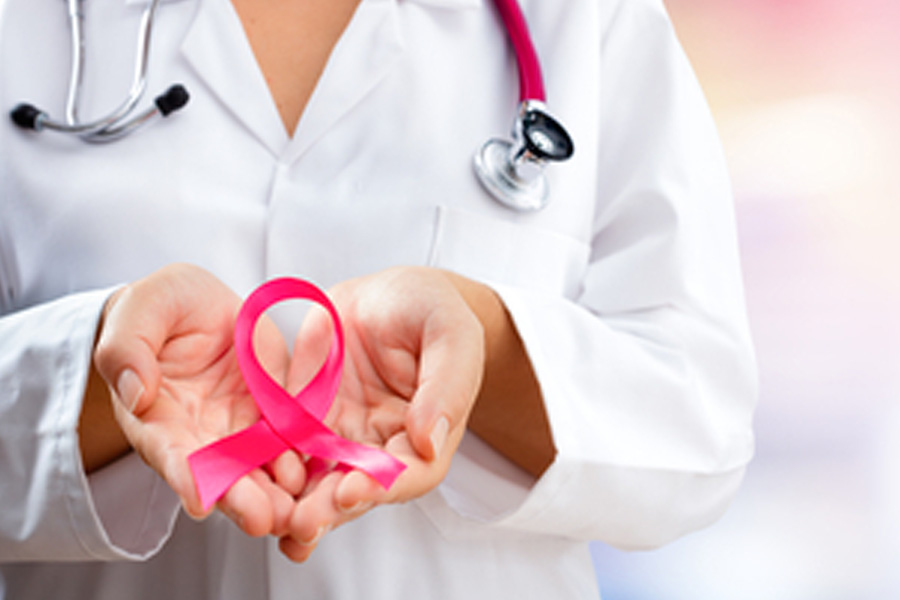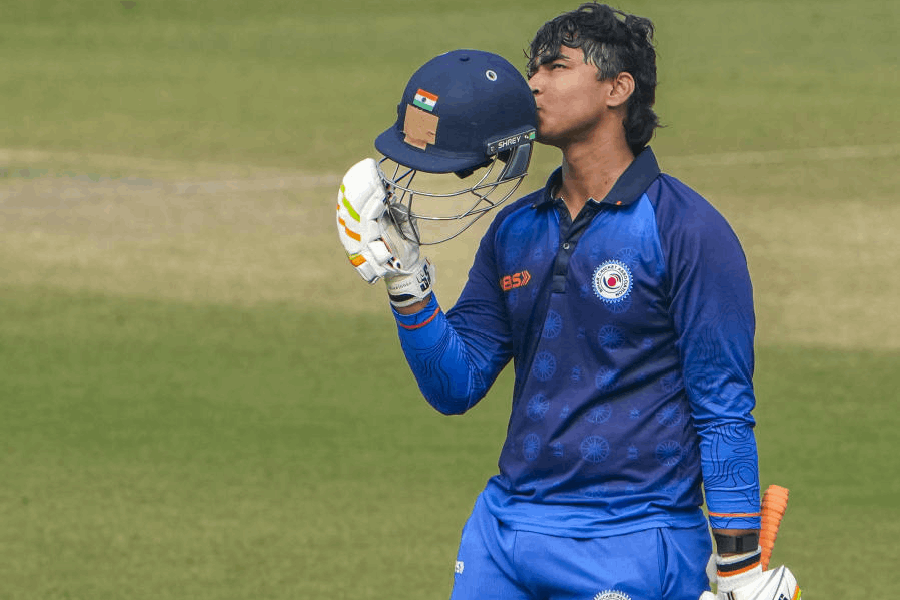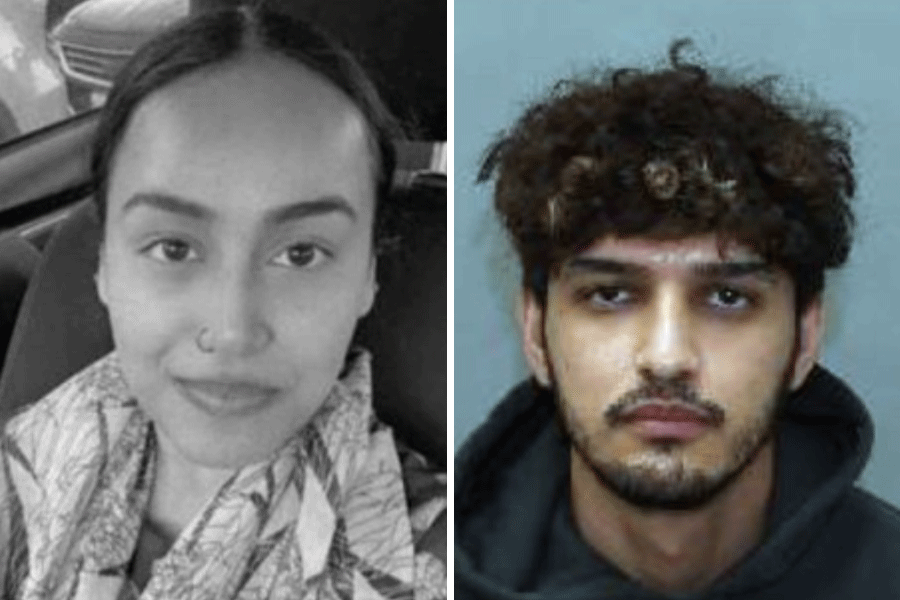 |
What is human trafficking?
The United Nations Trafficking Protocol describes human trafficking or “Trafficking in persons” as “the recruitment, transport, transfer, harbouring or receipt of a person by such means as threat or use of force or other forms of coercion, of abduction, of fraud or deception for the purpose of exploitation… Exploitation shall include, at a minimum, the exploitation of, the prostitution of or other forms of sexual exploitation, forced labour or services, slavery or practices similar to slavery, servitude or the removal of organs.”
What are the different forms of trafficking?
There are 13 forms of human trafficking. It ranges from children trafficked in the name of education but actually for cheap labour at sweatshops... domestic help, dhabas and tea stalls. Some children get sucked into the begging racket while babies are trafficked for adoption abroad. Trafficking for commercial sexual exploitation is on the increase based on a regular demand in red-light areas. Then girls are sold off as brides to places like Punjab and Haryana where because of a skewed sex ratio given the cases of female infanticide and foeticide it is impossible to find a bride for each man, and importing a bride has become the only solution. Illegal recruitment agencies lure girls with false job offers who are trafficked into prostitution.
Why is it a big deal?
Trafficking in persons, often referred to as modern-day slavery, is an organised crime that violates basic human rights and is turning out to be one of the most profitable criminal activities worldwide. Why? The traffickers enjoy a profit margin of over 70 per cent.
India has emerged as a source, destination and transit for both in-country and cross-border trafficking. Not only is it a threat to the victim’s basic human rights but also poses a serious challenge to security at all levels. The crime is carried out by large-scale organised criminal networks and victims endure atrocities that “physically injure, psychologically traumatise and, in some cases, kill them”. It creates an environment of “violence, crime and fear that separates families, erodes social bonds, and is a blow to the communities to which the victim belongs, making them more vulnerable.”
Where does Bengal stand?
According to the National Crime Records Bureau, Bengal leads in the number of girls sold for commercial sexual exploitation — 78 per cent of the national total.
The numbers have only doubled in the last decade and 74 per cent of those trafficked remain untraced, again the highest missing percentage in India. According to Sarbari Bhattacharya, who heads the CID Anti-Trafficking Unit, “Bengal’s bordering area is so huge that it’s a great challenge to restrict traffickers but that is not the only reason for Bengal becoming a trafficking hotbed. Ignorance, lack of awareness, poverty, globalisation are also factors.”
Bengal borders Nepal, Bangladesh and Bhutan, which makes it a major source, destination and transit point for not just inter- and intra-state trafficking but also international trafficking. Bengal has several red-light areas and thus a sizeable amount of trafficking to meet the demand. Bengal has also emerged as a recruiting area for agents and traffickers for sending women and children to West Asia countries for various forms of slavery.
Why should you be bothered about trafficking?
What if your child went out to play and was not to be found? Or a friend travelled to another city for a job and then went missing? What if the girl working as domestic help in your house was actually trafficked and appointed at your place through an illegal recruitment agency? Even in the Friday release Mardaani we see how one reacts when things get personal. Rani Mukerji the cop sniffs out a trafficking racket when a little flower seller on the streets she loved like her own daughter gets kidnapped.
Ruchira Gupta of Apne Aap Women Worldwide that has been working at the grassroots to end trafficking said: “Accepting the crime is normalising the use of human beings. When someone can buy a girl for sex, they and slowly society begins to believe that all girls can be commodities. Same is true of domestic servitude or child labour.”
Are you safe in the city?
No, you’re not. “Living in the city doesn’t spare you from being approached by the wrong kind of people luring you to wrong places. The problem is older generations do not acquaint the younger ones with information on immediate steps to take and numbers to call if they fall into bad company. Girls should avoid giving out their phone numbers and other personal details to strangers, be it at parties or on social networking sites,” says Indrani Sinha of Sanlaap, that works against trafficking.
What makes a girl vulnerable to trafficking?
Poverty, illiteracy, mistreatment of women and lack of a protective environment. According to survey reports, nearly 90 per cent of trafficked girls from Bengal had dropped out of primary school, or never attended school at all. Poverty, violence, abuse and unbearable conditions at home drive many girls out and they fall into the traps laid by traffickers. Lure of city life and earning potential misleads families and girls into putting their lives in the hands of traffickers. Natural disasters like cyclones and floods make those areas susceptible to trafficking since families get displaced and girls go missing.
Where do the trafficked victims end up?
Typically the victims are “sorted and graded” and relocated to a city or town miles away, across state and even national borders, where they have no support network and often don’t speak the local language. Delhi, Mumbai, Pune, Rajasthan and Punjab are the common destinations for victims from Bengal. The districts of Haryana and Uttar Pradesh have been identified as destinations for forced marriage, dance troupes, prostitution and sex rackets.
“After the initial days of torture, a girl is brainwashed by her trafficker and lured by a good life with perfumes, make-up and clothes to such an extent that 99 per cent of the girls don’t want to go back even after recovery. They don’t realise they are actually victims being made more marketable,” added Sarbari Bhattacharya of the CID.
What is the government doing about it?
Internationally, the United Nations Office of Drugs and Crime is the main body to combat human trafficking. It is the keeper of the UN Protocol on trafficking, which has been ratified by 110 countries.
With Bengal recording the highest number of missing children and women in the country, the state convened a meeting with NGOs, police officials and members of various state departments in July.
Shashi Panja, minister of the women and social welfare department, announced that “prevention and reintegration” would be the core focus in the trafficking menace.
Having witnessed that the “real power lies with the Child Protection Committees (CPC)”, she added: “CPCs will be formed at every village, block and ward level. The functions include monitoring, supervision and awareness campaigns and any new innovation that one can think of.”
In Bengal, the missing persons bureau in the CID has been profiling reported cases on the CID West Bengal website. The Bengal police also runs a national portal called www.trackthemissingchild.gov.in dedicated to tracing missing children.
The ministry of women and child development has established 194 Anti-Human Trafficking Units (AHTUs) which are responsible for law enforcement and rehabilitation. AHTUs have yielded results with an increase in the number of cases registered, rescue operations and rate of convictions. Manuals on the Juvenile Justice Act, Bonded Labour Act, Child Labour Act and Child Abuse are distributed among police officers.
Five toll-free women helpline numbers — 10921 to 10925 — are operational in the districts. A task force has been formed to expedite the repatriation process of Bangladeshi children staying at different government and NGO-run homes. Panchayats are meant to maintain registers on missing children and a list of those migrating to other places.
Which other agencies help combat the menace?
A joint plan of action includes NGOs like Apne Aap Women Worldwide, New Light, Sanlaap, Shakti Vahini, Hope Foundation, Childline, Save The Children, Unicef, CRY, ATSEC, International Justice Mission, Women’s Interlink Foundation and others. There are special committees in state departments like women and social welfare, panchayat and rural development, labour and health.
What happens after a victim is rescued?
It depends on the age of the victim. A child is to be produced before the child welfare committee and sent to a government-approved shelter. Then she is given legal and medical support and kept in the shelter till she is 18 or handed over to her parents if they can look after her or repatriated to her country, if she is from a different country. If she is above 18, she is asked what she wants.
What should you do if you find a victim of trafficking in need of help?
Call the local police and ask to speak to the AHTU or the second officer. Call Childline at 1098, the country’s only phone emergency service for children in need of care and protection. Or call a women’s shelter. “It is best to seek help through these channels and stay with the victim in a crowded area. They would also be able to guide you with some immediate steps and help should arrive within an hour,” said Indrani of Sanlaap.
What else can you do to help in the fight against trafficking?
Understand the extent, nature and conditions leading to it and begin with simple things within your reach that will create awareness. “Host a reading club on books like Town of Love, Half the Sky, show movies and documentaries and generate a discussion. Help fetch a job for a victim and survivor, start a monthly contribution to support a woman via any NGO that will allow her to rent a home to live in and support herself,” said Ruchira.
In the fight against trafficking, I can.... Tell ttmetro@abpmail.com

